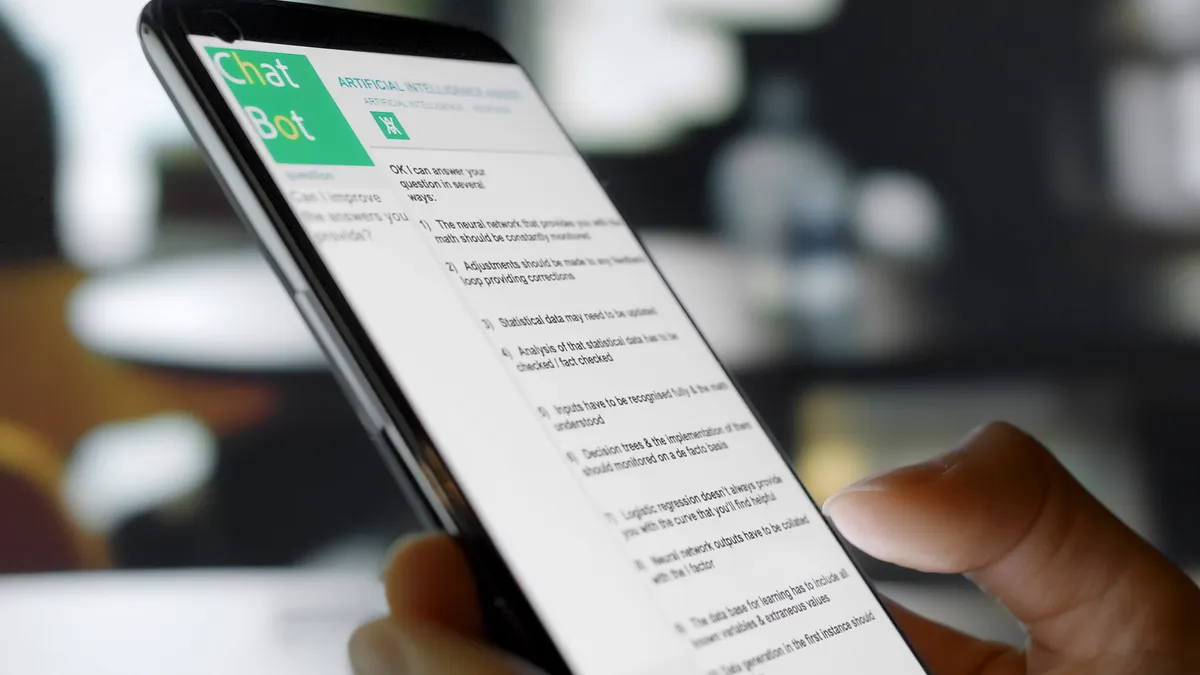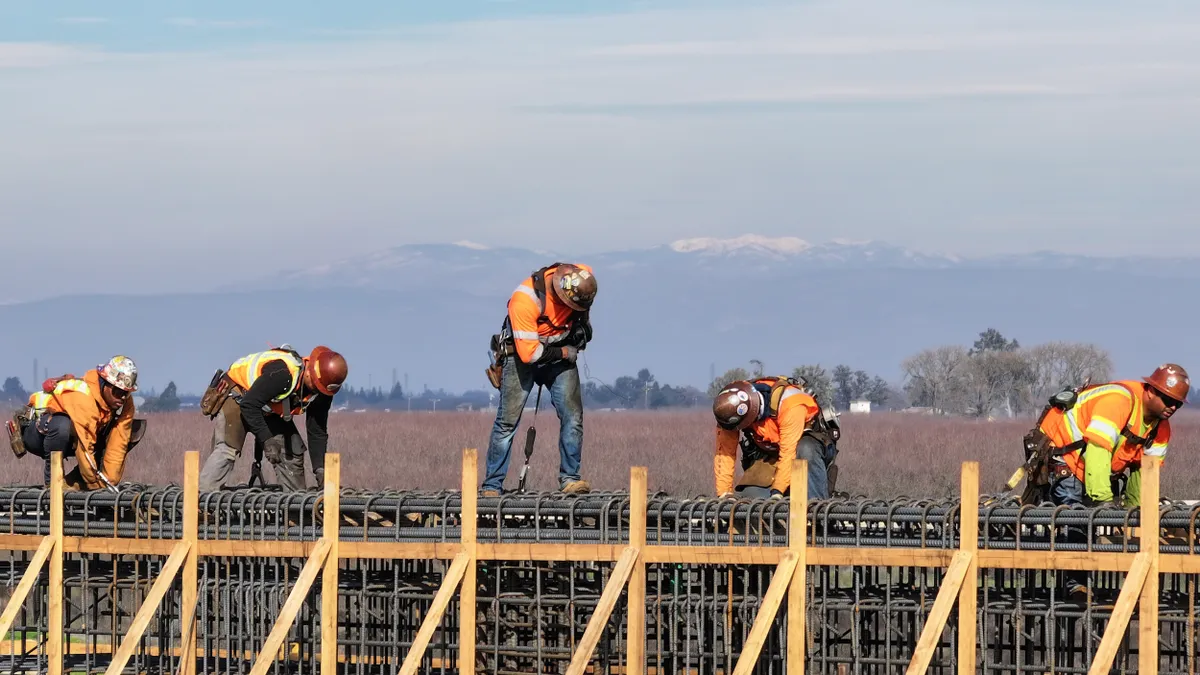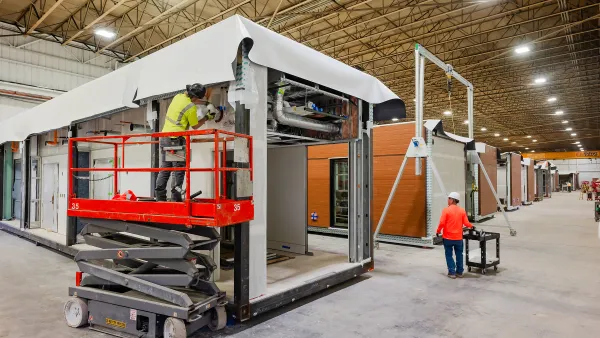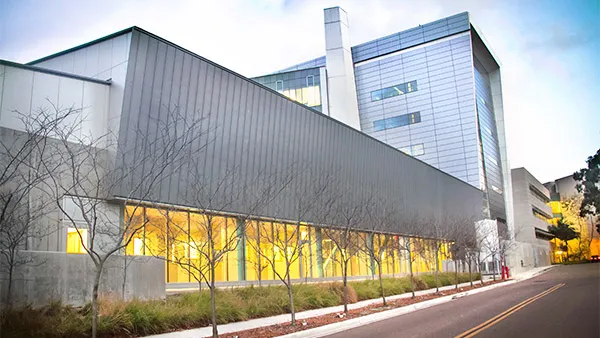Dive Brief:
-
Tesla’s new solar roof tiles recently received a Class A roofing product classification from Underwriters Laboratories, according to Electrek, which stands to speed up the permitting process and, in turn, application in the market.
-
The tiles contain two solar cells with a maximum power of 6 watts each for a maximum power level of 12 watts. It would take 20 to 25 Tesla solar tiles to equal the power generation capacity of a standard solar panel.
- Not every tile on the photovoltaic roof Tesla is offering would be solar. Tesla CEO Elon Musk said during a conference call in May that up to 70% of an installation could contain solar tiles but that most customers’ roofs would be about 40% solar. Details from the UL report say the full roofing installation would take five to seven days.
Dive Insight:
Details about the heavily hyped Tesla solar roofing system are few and far between, but the limited news has done wonders for building anticipation.
There’s good reason for the anticipation. Tesla’s new system is expected to offer sleeker, smaller tiles in place of the hefty panels that currently occupy most solar users’ roofs. The tiles will come in black smooth glass and textured glass options to start, with French and Tuscan slate available in November, per CNBC. All styles will be less expensive to make and install compared to high-end terra cotta and slate roofs, according to Musk.
Consumers will be able to customize how much power their solar roof generates based on their energy needs. Tesla makes this possible with its multi-tile offerings: solar and non-solar, which it says look the same at street-level.
Tesla claims the system will pay for itself because it will reduce, or in some cases eliminate, a homeowner’s electric bill. To compete with a standard roof, it is estimated that a solar roof would have to cost no more than $24.50 per square foot. Tesla says homeowners can expect to pay $21.85 per square foot.
The solar system is available for preorder on Tesla’s website and installation is expected to begin during the summer in the U.S. and internationally in 2018.
















